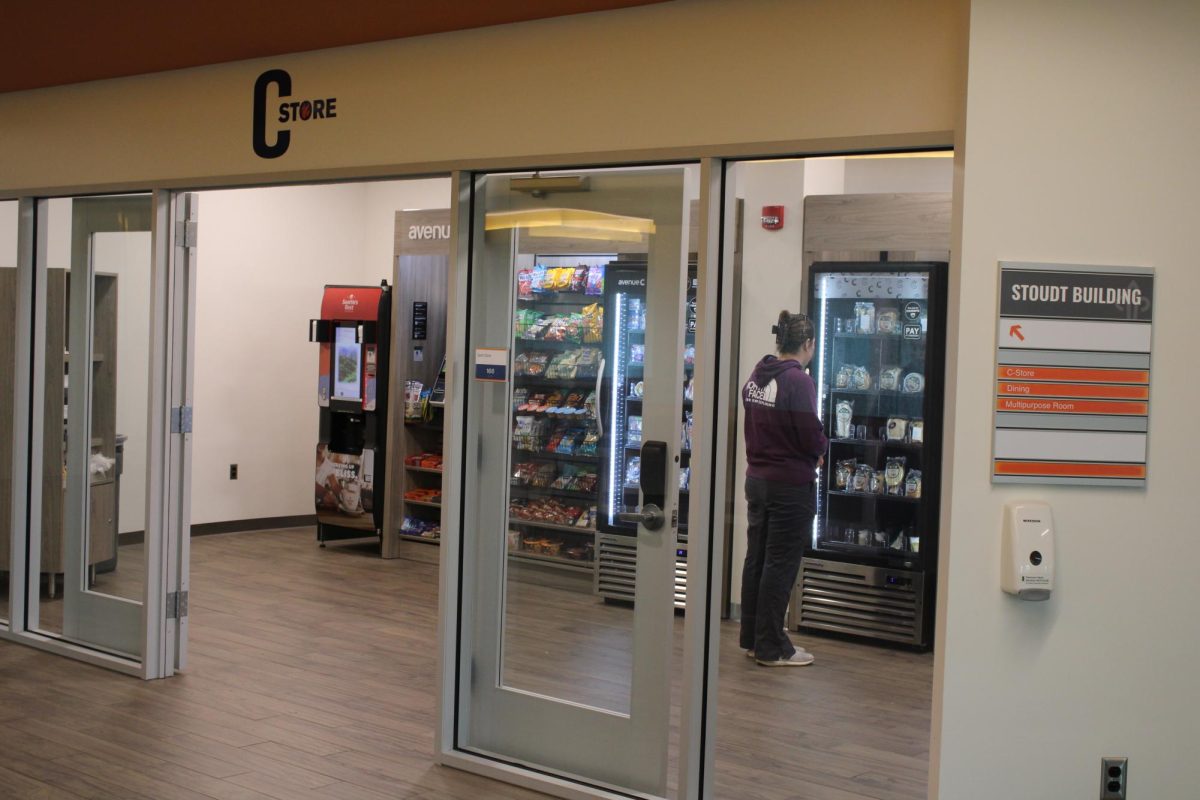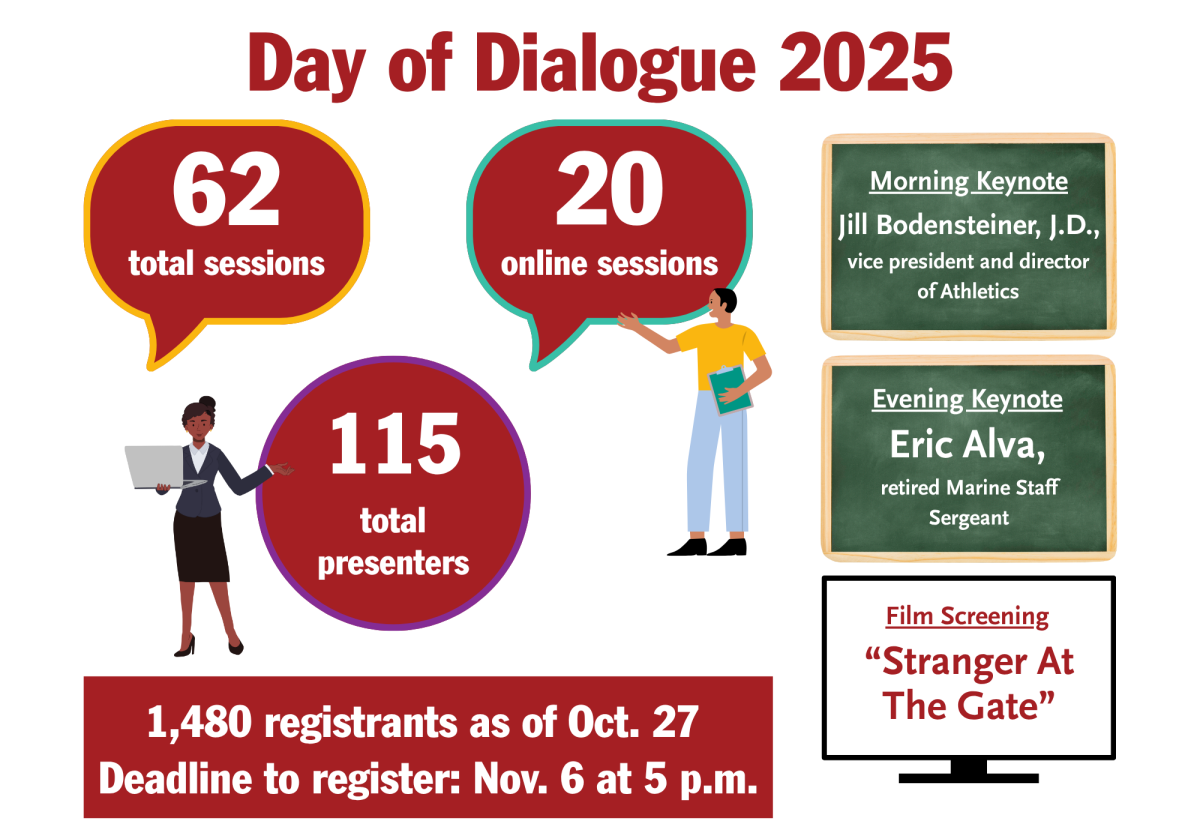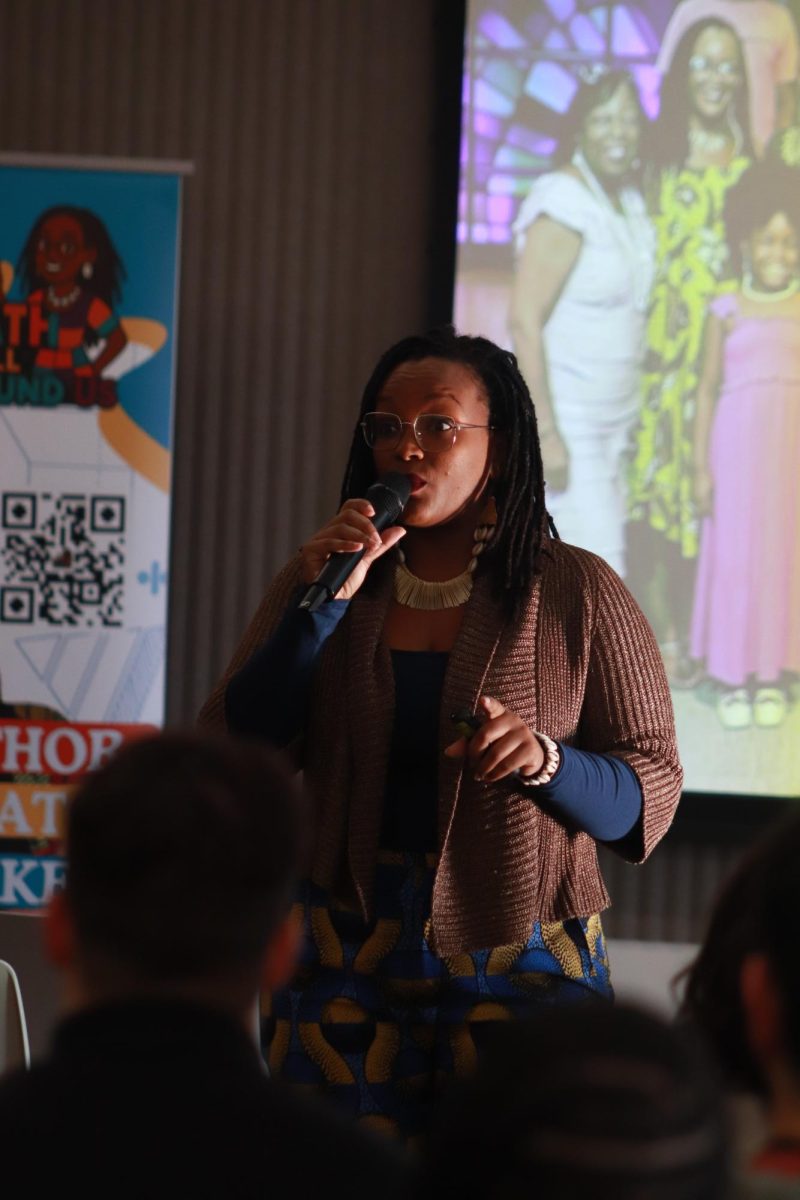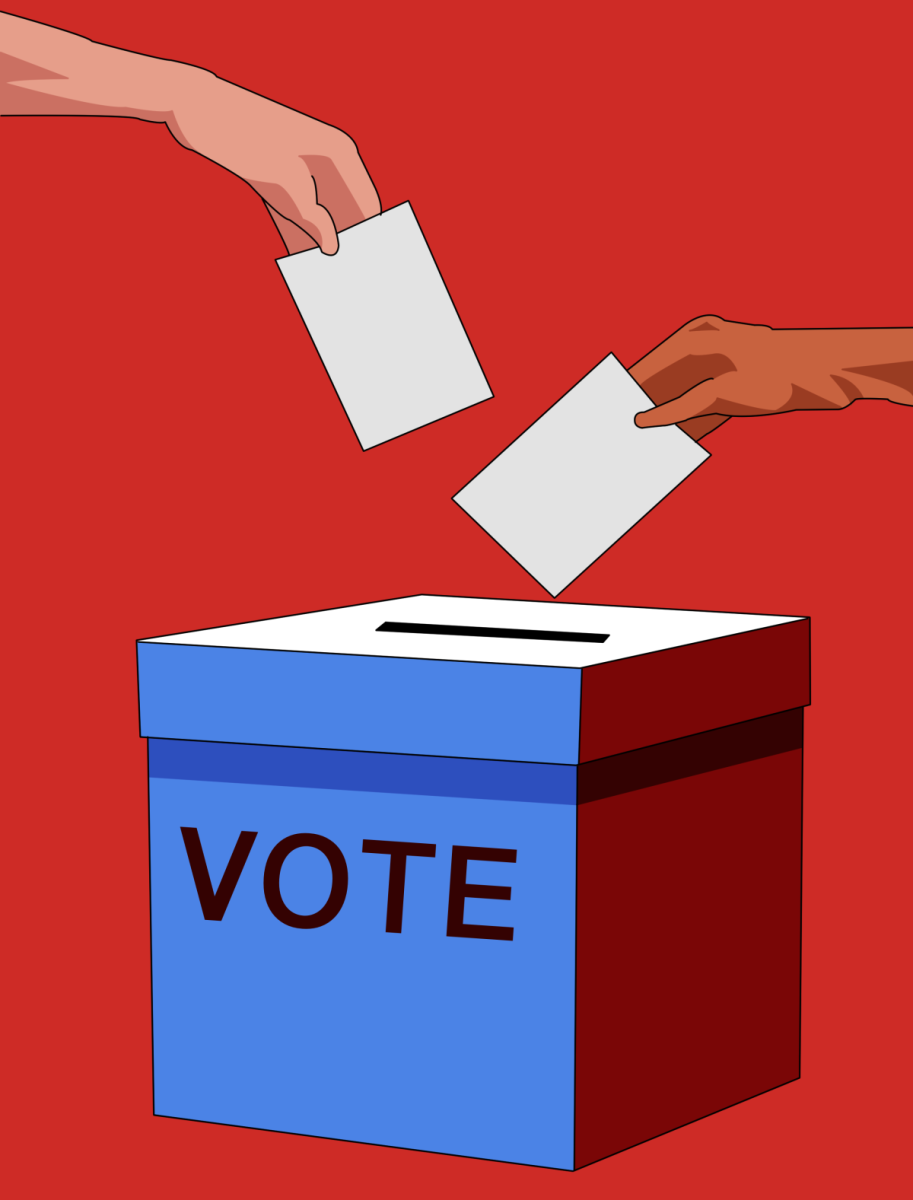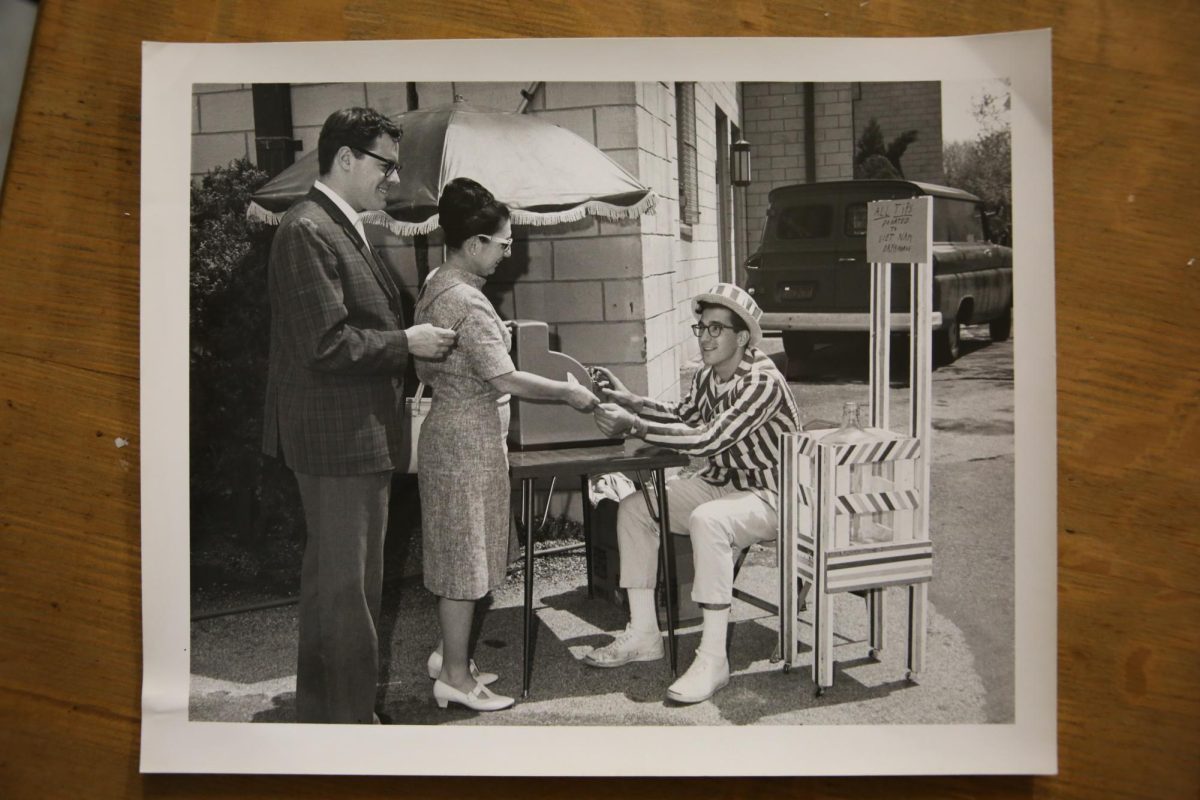When Elias Musselman ’25 was deciding where to attend college in 2021, he applied to many places: Ithaca College, Adelphi University, Fordham University, Penn State, St. Joe’s. But few of those schools mentioned the availability of gender-inclusive bathrooms or housing, and some used his deadname, the name he was assigned at birth but no longer uses. St. Joe’s stood out: It addressed him by his real name and offered both inclusive bathrooms and housing.
When he came out as trans seven years ago, Musselman was 15 years old and attending Central High School, a public school in Philadelphia. He used the bathroom in the nurse’s office, which was a single stall, all-gender bathroom. The daily anxiety about which bathroom to use has followed him ever since. But, at St. Joe’s, Musselman said, he has been pleasantly surprised by the number of all-gender bathrooms.
“The gender-inclusive bathrooms that we have here are wonderful,” Musselman said. “They’re very generally not difficult to find. I feel like in a lot of buildings, there’s usually at least one, which is something that I pretty much never see anywhere else.”
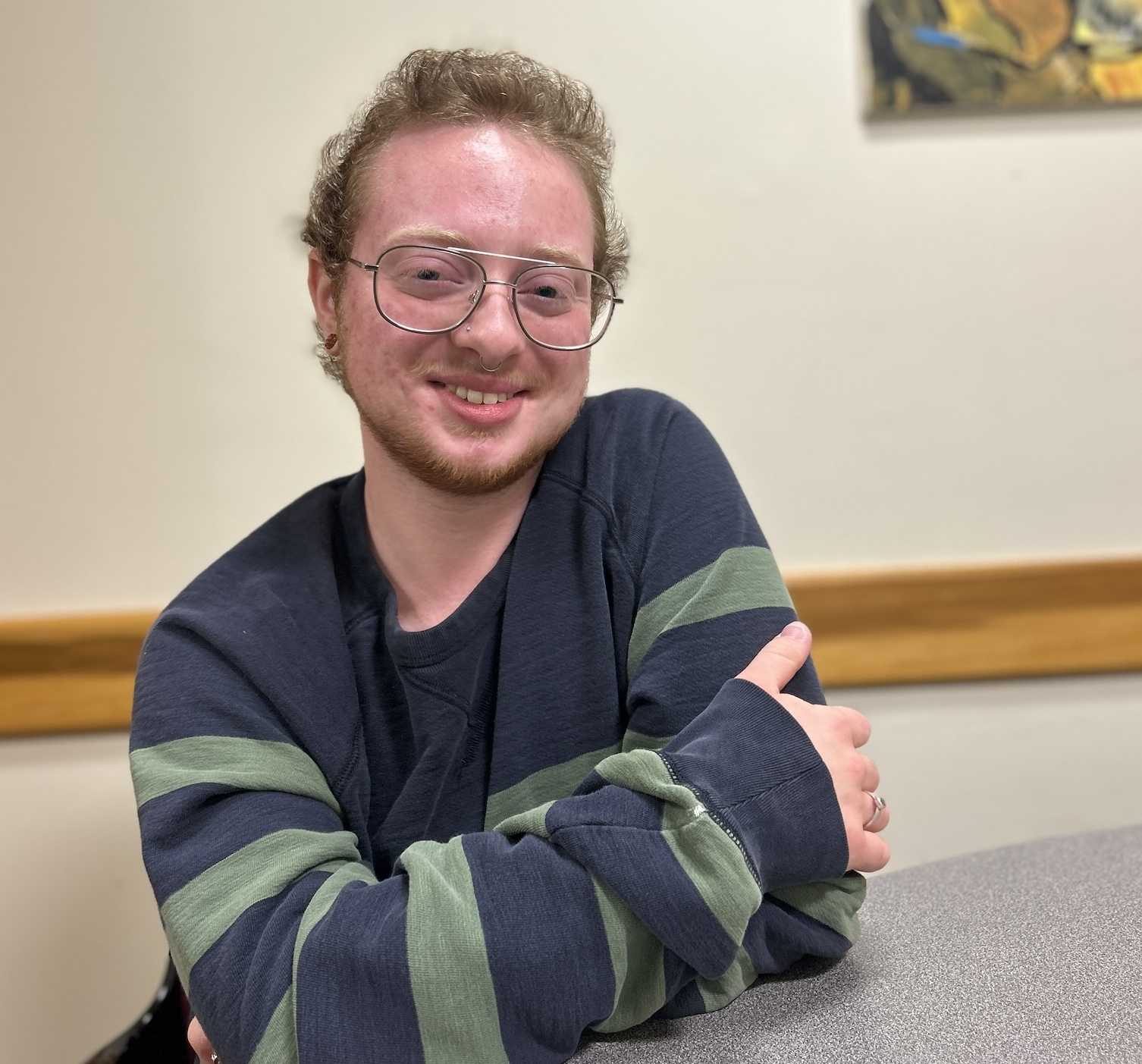
All-gender bathroom history: Hawk Hill
In 2013, when Philadelphia passed the “Gender Neutral Bathroom Bill,” St. Joe’s did not have any designated gender-inclusive bathrooms. The bill mandated any new building built by the city to include an all-gender bathroom and buildings undergoing renovations, when possible, to include them as well.
In spring 2015, St. Joe’s students worked with SJUPride to implement 36 single-stall gender- inclusive bathrooms on Hawk Hill. These single-stall bathrooms already existed but were relabeled with “all-gender restroom” signage as part of the initiative.
In 2019, the first multi-stall all-gender bathroom on Hawk Hill opened on the first floor of the Post Learning Commons (PLC) in Drexel Library. This bathroom was previously designated for women but was relabeled as an all-gender facility. Before this, there was a makeshift all-gender bathroom located in the basement of the PLC, said Anne Krakow, library director.
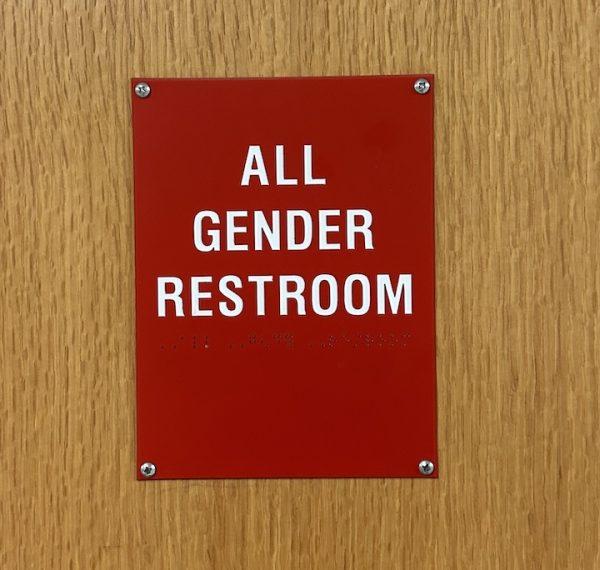
Students who wanted to use this basement bathroom had to request a key, Krakow said. While she doesn’t remember when the single-stall bathroom in the basement became a gender-inclusive one, she said after having a conversation with members of The Alliance, a volunteer committee dedicated to LGBTQIA+ allyship, she recognized it wasn’t accessible. The conversion of PLC’s first floor restroom happened quickly after that, she said.
“I was looking for permission from the university to do it, and I don’t think I really needed it,” Krakow said.
Celena Morrison-McLean, executive director of the Office of LGBT Affairs in Philadelphia, told The Hawk that all-gender restrooms demonstrate a commitment to diversity, equity and social justice.
“Having all-gender restrooms on a university campus like St. Joe’s is incredibly important for LGBTQ+ community members for several reasons,” Morrison-McLean wrote in response to written questions from The Hawk. “All-gender restrooms create a more inclusive environment where individuals of all gender identities feel welcome and respected.”
National conversation
On Feb. 8, Nex Benedict, a 16-year-old nonbinary student at Owasso High School in Oklahoma, died after a physical altercation in a girls bathroom the day before. On March 13, an autopsy ruled Nex’s death a suicide by drug overdose.
Nex’s death reignited national conversation surrounding anti-trans laws and policies, including ones that force trans, nonbinary and gender-nonconforming individuals to use bathrooms that correspond with their sex assigned at birth, especially in schools.
While Pennsylvania does not currently have any bans or restrictions on trans people using the bathroom that aligns with their gender identity, there are still 10 states that do, according to the Movement Advancement Project (MAP). Of those 10 states, Florida and Utah ban trans people from using the bathroom that aligns with their gender identity in all buildings, including K-12 schools, colleges and universities.
Process and practice
Established in 2014, the Trans-Inclusion Working Group (TIWG), whose mission is to address the needs of St. Joe’s trans and gender-nonconforming community members, is responsible for getting all-gender bathrooms installed or approved. Chris Heasley, Ed.D., co-chair of TIWG, said after identifying buildings that don’t have all-gender bathrooms and finding potential space for one, he works with Kevin Mueller, senior director of construction and planning at St. Joe’s, to make it happen.
“[Mueller] actually has to pull the specs on the building and determine whether or not it would be within existing building code to take one of the facilities offline and change it to an all-gender [bathroom],” Heasley said.
The TIWG is a “zero-funded organization,” Heasley said, so when trying to install an all-gender bathroom, the group looks for departments or other entities to cover the expense.
Single-user bathrooms do not have to go through any Facilities process for label changes because, according to building codes, those can be used by any gender, Heasley said. It’s the multi-stall bathrooms being converted to all-gender that must meet building code requirements.
While both single-user and multi-stall restrooms have the ability to serve as all-gender bathrooms, they each have their own advantages and considerations, Morrison-McLean said.
“Single-user restrooms offer maximum privacy since only one person uses the restroom at a time. Multi-stall restrooms can accommodate more people at once, which can be more efficient in high-traffic areas or during peak times,” Morrison-McLean wrote. “Due to cultural norms and expectations, fear of harassment, assault or voyeurism can deter people from using these facilities, particularly if there are inadequate safeguards in place to ensure the safety of all users.”
In its best practices guide to all-gender restrooms, the Occupational Health and Safety Association (OSHA) states that both single-stall restrooms and multi-stall restrooms with lockable single stalls inside are acceptable. It advises against any requests for documentation to determine if someone is eligible to use a restroom.
Morrison-McLean agreed any kind of all-gender restroom is better than none.
“When faced with the choice between converting an existing multi-stall restroom into an all-gender restroom or not having one at all, it’s generally preferable to convert the multi-stall restroom into an all-gender restroom,” Morrison-McLean said.
Currently, according to the university’s gender-inclusive restroom page, the Hawk Hill campus has 34 single-user all-gender bathrooms and two multi-stall all-gender bathrooms across 23 buildings. Simpson Hall also has two single-stall restrooms and one multi-stall, but are not labeled with any bathroom signage.
“I would say that any facility is welcomed, whether it’s multi-stall or single-stall,” Heasley said. “The point is just to provide those access points.”
One access point that remains a challenge is the gender-inclusive bathroom in Hagan Arena.
In Hagan, if someone wants to use the all-gender bathroom, they must ask a desk attendant for a key to unlock the Hall of Fame room on the first floor. The single-stall restroom at the back of the Hall of Fame room does not have signage signifying that it is for all genders.
Erika Lohbauer, a member of the TIWG and The Alliance and programming specialist for STEM and diversity initiatives, called the bathroom in Hagan an “imperfect workaround.”
Starting in fall 2023, the TIWG began putting up signage in bathrooms around Hawk Hill that included QR codes linked to a list of all gender-inclusive bathrooms on campus, Heasley said.
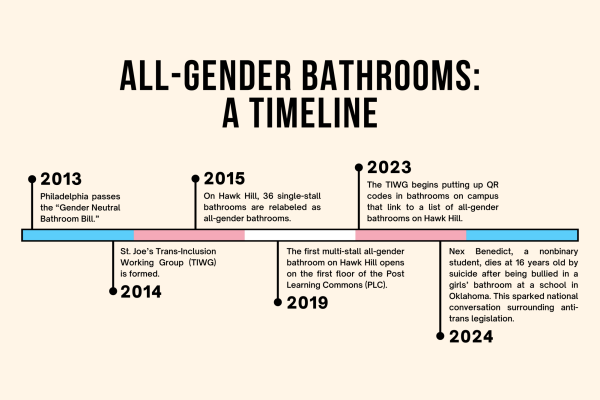
University City and Lancaster campuses
In the Joseph W. England Library on the UCity campus, “it wasn’t a simple matter of just relabeling,” said Jennifer Hasse, head of access services and student experience for St. Joe’s libraries.
Hasse, who was previously the librarian for the University of the Sciences and joined St. Joe’s during the 2022 merger, said what really kicked off the start of the conversation to install an all-gender bathroom in the England Library was a student focus group formed to navigate discussions linked to the merger.
“We had a student who shared their personal story of having trouble finding a bathroom to use on campus, and that was very humbling for me,” Hasse said. “We just felt terrible. And I was like, ‘We had to do something about this now,’ and that’s what we connected with the Trans[-Inclusion] Working Group, who were already thinking about it.”
The interim solution, Hasse said, was for students to use the staff bathroom in the library with no questions asked because it was a single-user bathroom. But then, Hasse said, someone who had a big office with a bathroom on the third floor of the England Library suggested transforming their space into a public one and including an all-gender bathroom for students to use. The TIWG helped the England Library get the bathroom installed by July 2023, Hasse said.
On St. Joe’s newly acquired Lancaster campus, there are 15 all-gender bathrooms in the campus’ two main buildings, all of which are single-user restrooms, said Kevin Gfeller, assistant director of public relations for the Office of Marketing and Communications.
Need for more
While Musselman ended up attending St. Joe’s because of its gender-inclusive housing and bathrooms, he said more work needs to be done to support trans students.
“When it comes to actually promoting trans people or just affirming trans people, it usually stops at the bathroom,” Musselman said.
Lohbauer said she recognizes the significance of the work that is being done by TIWG and The Alliance, and the importance of promoting inclusion “at every step of the way for everyone.”
“It all comes down to belonging. Do you feel like you belong here? Are you being considered as an individual?” Lohbauer said. “And is St. Joe’s taking steps to make sure that your experience here is welcoming and considerate?”
This is the sixth story in a series by Allie Miller ’24 about issues that impact LGBTQIA+ people at St. Joe’s and in the Philadelphia area.



